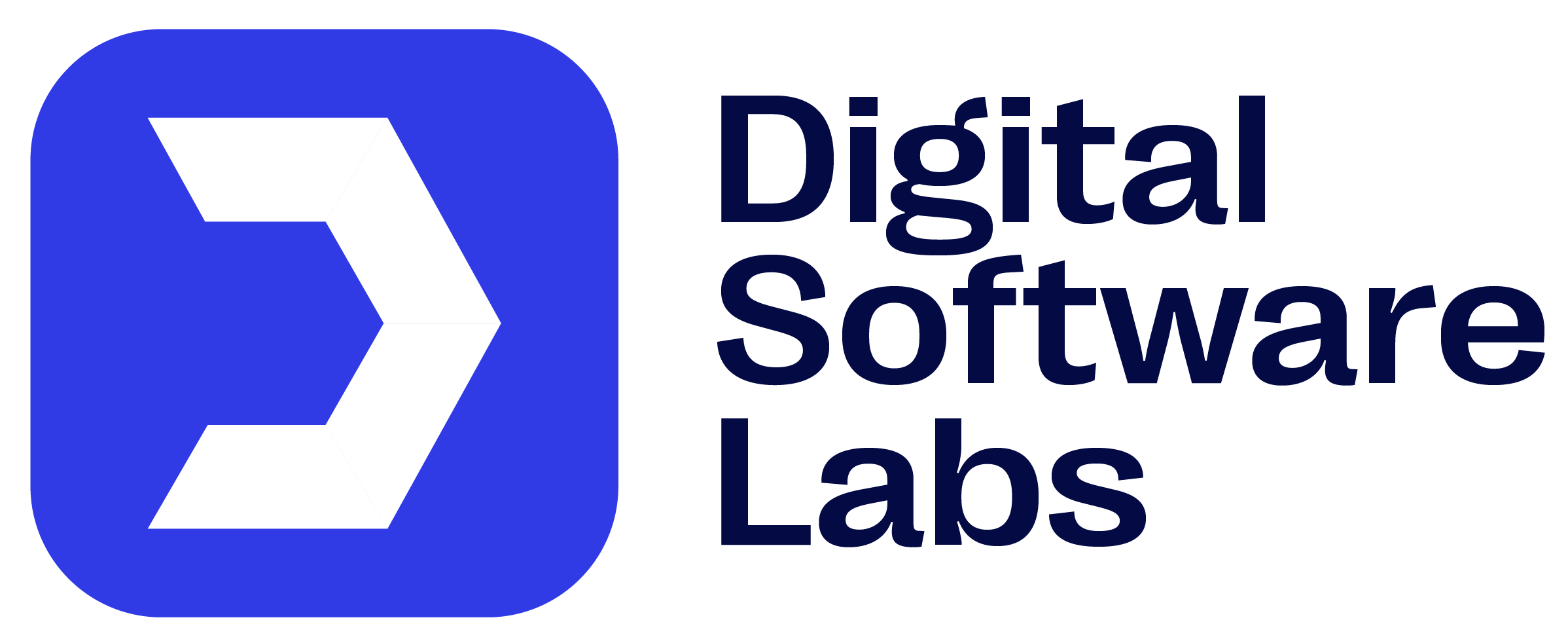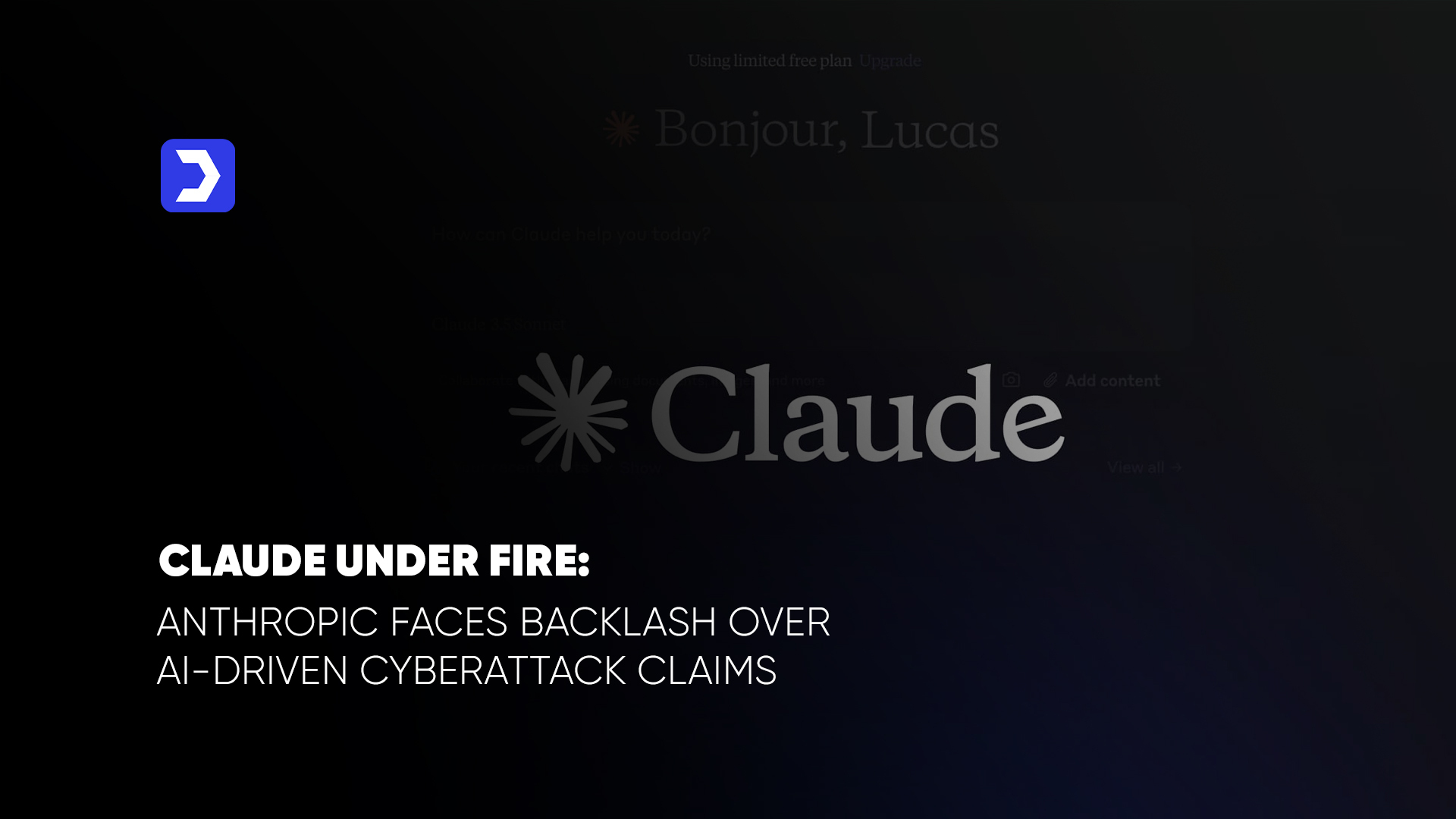Summary
-
- Google Veo 3 introduces advanced image-to-video AI generation, turning still photos into dynamic videos with realistic transitions and expressive motion, giving life to user-submitted visuals.
- The new generation technology enhances storytelling potential by creating fluid, cinematic results from single frames, making it especially appealing for artists, marketers, and digital creators.
- Google images are now more interactive as this AI tool transforms static content into moving media, marking a major shift in how we engage with visual storytelling.
- The integration aligns with recent innovations revealed at Google I/O 2025, where a wave of AI and Android advancements, including improvements to Google Search by image, underscored the shift toward immersive media experiences.
- Pixel art video capabilities and cinematic editing controls add depth to Veo 3’s offering, catering to users who want both stylized and realistic outputs from their favorite photos.
- As image-to-video AI becomes mainstream, Google reinforces its commitment to ethical use, embedding safety features that promote responsible creation and protect against content misuse.
- Real-time improvements to metadata embedding and visual watermarks help differentiate AI-generated content from traditional media across platforms like Google Search and photo translate apps.
- This update positions Google Veo 3 as a front-runner in the image to video AI space, transforming the way users generate, personalize, and distribute videos, all while keeping trust and innovation at the core.
- Google Veo 3 introduces advanced image-to-video AI generation, turning still photos into dynamic videos with realistic transitions and expressive motion, giving life to user-submitted visuals.
Google has officially launched Veo 3, a major leap in generative AI that transforms static visuals into dynamic video experiences. With the new image-to-video AI generation feature, users can now convert favorite photos into expressive, moving visuals using text-based prompts or reference frames. The update brings precision and stylistic control, allowing creators to shape everything from pixel art videos to cinematic footage in seconds.
This release isn’t just about visuals; it’s a continuation of the tech giant’s broader commitment to enhancing multimedia experiences across all user levels. During the 2025 developer conference, the company unveiled several upgrades and AI-first rollouts. Among these was a push toward unifying Android innovation with creative AI tools, where features like Veo were positioned as core to the future of personalized content generation. These developments align with announcements made during Google I/O 2025, where much of the focus was on blending visual intelligence with user-friendly design.
Veo 3 now represents a shift in how users interact with Google images, blurring the lines between static visuals and generative motion. For creatives, educators, and developers, this means the ability to repurpose assets like a photo translate app or even Google Search by image to drive storytelling in entirely new formats. Whether building short films or engaging educational content, the evolution of image to video AI with Veo 3 promises faster workflows, richer customization, and stunning results.
Photo-to-Video Brings Your Images to Life
The evolution of visual storytelling has taken a remarkable leap with Google Veo 3, introducing real-time image to video AI capabilities that allow users to transform favorite photos into cinematic experiences. Whether you’re working with high-resolution Google images or simply experimenting with still frames, Veo’s new feature delivers seamless transitions, expressive animation, and intuitive control. Users can guide the flow of motion, adjust environmental settings, and even prompt emotional tones, all through natural language inputs.
This innovation goes beyond user-level convenience; it’s part of a larger momentum where AI-enhanced generation becomes the new standard across digital experiences. A similar transformation is visible in the development of DeepSeek’s multimodal AI, which is powered by Google Gemini and designed to mimic human reasoning across tasks. As DeepSeek’s latest AI continues redefining search and recommendation systems, Veo’s photo-to-video generation feels like a sibling breakthrough, bridging images and intelligent motion.
By aligning these technologies under the same umbrella of smart creation, Google’s push toward generative experiences isn’t just a technical upgrade; it’s a reimagining of user interaction with content. This is part of a wider digital trend covered in the latest updates from AI and innovation news by Digital Software Labs, reflecting how creativity and computation are now co-dependent for progress.
Our Ongoing Commitment to Safety
As AI-powered image-to-video generation becomes more advanced, ensuring the safety, authenticity, and ethical use of generated content remains at the forefront of responsible innovation. With the launch of Google Veo 3, the commitment to safeguarding users from misinformation, deepfakes, and manipulated media is embedded into the platform’s foundational framework. Google continues to implement multi-layered safety protocols, ranging from prompt moderation and watermarking to the use of tamper-evident technologies in generated pixel art videos and animations.
Maintaining transparency in how generation models operate is crucial to prevent misuse. For instance, metadata embedding allows creators and viewers to track and verify whether a video originated from AI or was manually produced. This helps limit confusion in search environments such as Google Search by image, where authenticity matters more than ever.
The broader tech ecosystem is echoing similar standards, and many companies are actively aligning their workflows with transparent, safety-first methodologies. One relevant example can be found in how Digital Software Labs has been reshaping its digital infrastructure, emphasizing cybersecurity, ethical compliance, and AI usage policies in parallel with delivering high-performance development solutions. This reflects a shift across the industry where the pursuit of smarter AI is now inseparable from the obligation to build trust and digital responsibility.
By combining creative freedom with reinforced safeguards, Veo 3 and its contemporaries are proving that AI’s future doesn’t have to come at the cost of user protection or ethical boundaries.




